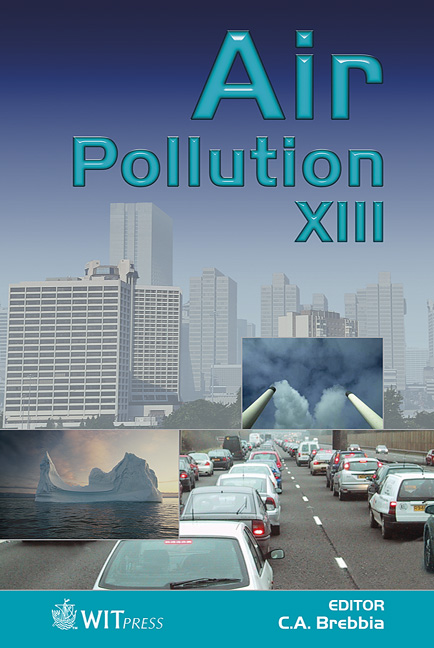A Neuro-fuzzy Model For Ozone Forecasting
Price
Free (open access)
Transaction
Volume
82
Pages
10
Published
2005
Size
428 kb
Paper DOI
10.2495/AIR050131
Copyright
WIT Press
Author(s)
G. Latini, G. R. Cocci, G. Passerini & S. Tascini
Abstract
A Neuro-Fuzzy system is structurally analogous to a neural network and can be seen as a network whose nodes act according to fuzzy rules. By means of a learning algorithm, it is possible to define, within the input space, a set of regions of \“vague” or \“non-certain” classification, each one associated to a fuzzy rule. Neuro-Fuzzy networks, for their intrinsic capability of handling never-processed data, are able to follow certain dynamics that are non-linear such as those of Ozone trends. The aim of our work was to analyze the behaviour of Neuro-Fuzzy models applied to Ozone forecasting. In order to explore the features of the new architecture, several tests have been carried out varying the model complexity both in membership-function number and in the membership function types. For this preliminary study, few Ozone-correlated data (namely Nitrogen Dioxide concentration, solar-radiation intensity and wind speed) represented input data sets. Further tests have been carried out to observe the network sensitivity to input data. Results show how different data series require a different complexity of the model in order to have optimized performances. Our preliminary results are encouraging. 1 Introduction Every fuzzy-logic based system, as the neuro-fuzzy networks applied in this work, is based on the fundamental concept introduced in 1965 by Lofti Zadeh: the fuzzy set, which is, again, based on the idea that the key elements of human thinking are not numbers but \“labels” of fuzzy sets. Trying to briefly explain the concept, we may say that sets belonging to classical theory (called \“crisp”, in contraposition with \“fuzzy”) contain objects satisfying strict rules of membership. Based on such theory, every element of a
Keywords





